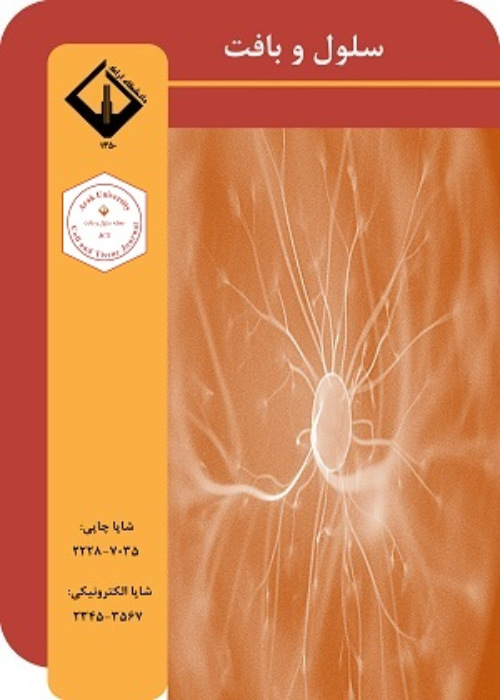Investigation of ITS-rDNA polymorphisms in Fusarium of Elegans and Martiella-Ventricosum sections related to Cucurbits using RFLP marker in Tehran province
The aim of this study was to collect and identify Fusarium of Elegans and Martiella-Ventricosum sections related to cucurbits plant in Tehran province and evaluation the efficiency of ITS-RDNA RFLP polymorphisms as a molecular marker in assessment of relationships between these Fusaria.
During the cropping season, sampling from cucurbit field was done from the root, crown, stem up to height of 15 cm, as well as the soil (rhizosphere). Fungal isolates were cultured on PPA culture medium, purified by single sporulation method, and then identified based on morphological characteristics. Genomic DNA of fungi was extracted. The genomic DNA of Fusarium isolates was extracted and ITS-rDNA region was amplified with ITS1 and ITS4 primers. PCR products were digested with SmaI, BglΠ and MboI restriction enzymes and then loaded on 2.5% agarose gel. Data analyses were performed by NTSYS-PC V2.02 software. At first, a data matrix of the presence (1) or absence (0) of each band was drawn for each isolate. Then using the SM similarity coefficient, the genetic distance matrix was produced and the similarity dendogram of isolates was drawn based on the SAHN coefficient and the UPGMA method.
A total of 95 Fusarium isolates belonging to species of Fusarium solani and Fusarium oxysporum were identified. Of which, 45 isolates belonging to F. solani and 50 isolates were identified as F. oxysporum. In this research, based on morphological characteristics, F. redolens isolates were not differentiated from F. oxysporum isolates and both were placed under F. oxysporum group. PCR reproduction of ITS region result in fragments in size of 550±25 bp in F. oxysporum isolates, and 575±25 bp in F. solani isolates. Bgl Π enzyme had no cleavage site in ITS products in both species, neither in F. solani nor in F. oxysporum. SmaI enzyme had one cleavage site in F. solani isolates and produced two fragments (350bp and 230bp) but had no cleavage site in F. oxysporum isolates. The MboI enzyme in some F. oxysporum isolates produced four fragments (180bp, 160bp, 130 bp and 90 bp), so these isolates called as Fusarium redolens. MboI enzyme in others Fusarium oxysporum isolates produced two bands (320 bp and 190 bp). MboI enzyme had no restriction site in F. solani isolates.
It seems that the use of rDNA-ITS RFLP marker is a suitable method to differentiate Fusarium species belonging to section Elegance from those of Martiella-Ventricosum sections. It is more efficient method for studying diversity within and between species in section Elegans.
- حق عضویت دریافتی صرف حمایت از نشریات عضو و نگهداری، تکمیل و توسعه مگیران میشود.
- پرداخت حق اشتراک و دانلود مقالات اجازه بازنشر آن در سایر رسانههای چاپی و دیجیتال را به کاربر نمیدهد.


